Harvesting Cut Flowers – How And When To Pick Cut Flowers
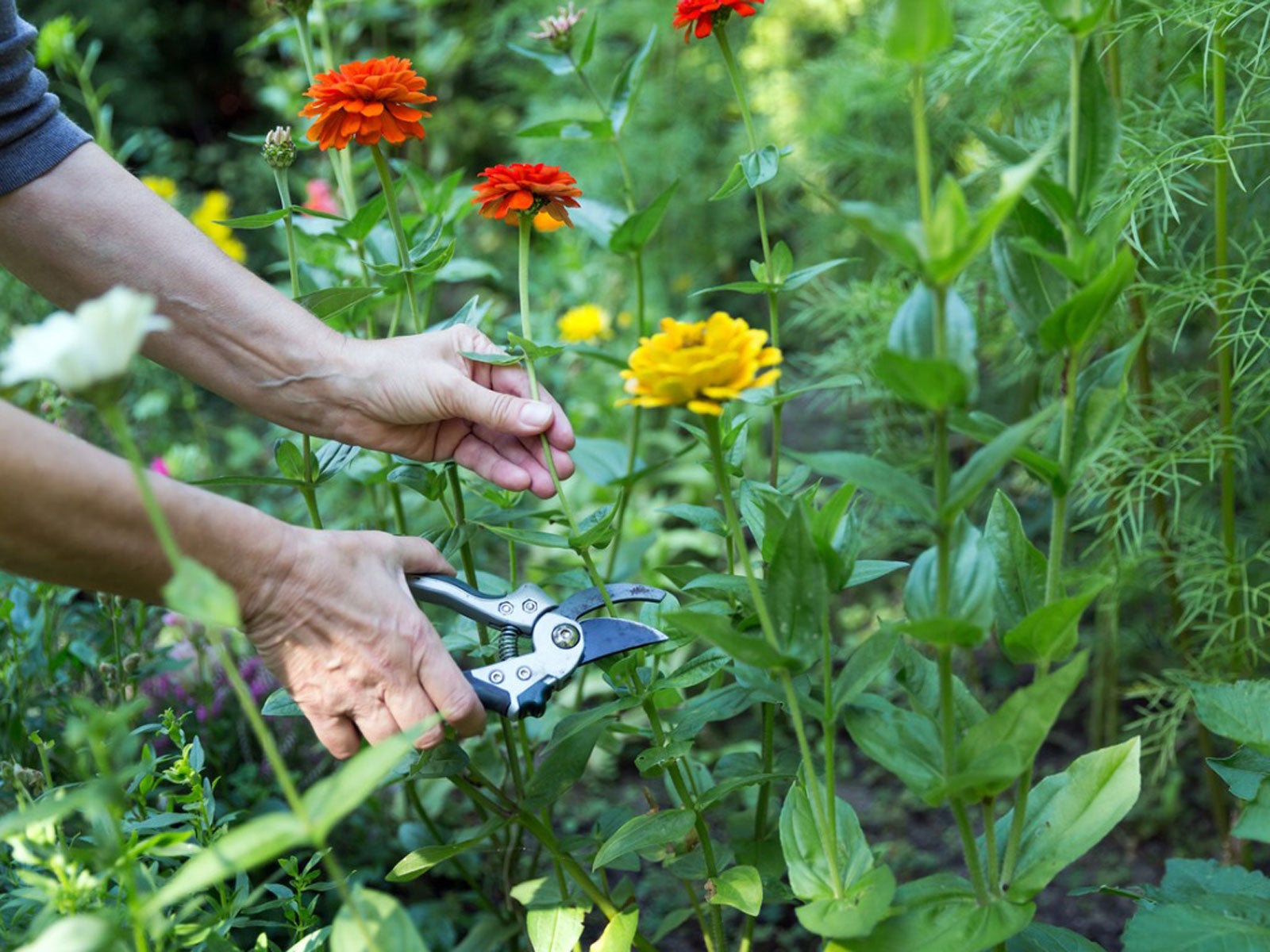

Growing your own cut flower patch can be an extremely rewarding endeavor. From sowing to harvest, many gardeners find themselves dreaming of vibrant and colorful vases filled with freshly cut flowers. Keep reading for tips on cut flower harvesting.
Harvesting Flowers from Cutting Gardens
While these types of specialty gardens are popular with market growers, hobbyists also find considerable joy in the creation of their own flower arrangements. Success in arranging your own cut flowers will require knowledge and consideration for the harvesting process, as well as the conditioning needs for various types of blooms.
When to pick cut flowers and how to harvest cut flowers can be one of the most difficult aspects of growing your own. While harvesting cut flowers may seem simple in theory, gardeners quickly find that the delicate blooms will often need special care in order to truly look their best. Plant type, growth habit, and even weather conditions at harvest time can all influence the overall presentation of cut flowers.
How to Harvest Cut Flowers
The first step in harvesting flowers from cutting gardens is the proper preparation of tools. Those harvesting cut flowers should thoroughly clean their garden shears, as well as the buckets that will be used to store the cut flowers. This will help ensure that bacteria is not introduced into the plant stems and, therefore, prolong the vase life of blooms.
Though certain varieties of flower will have special requirements, most will require the bucket to be filled with cool water in preparation for harvest.
Learning how to harvest cut flowers will also require familiarity with the optimal bloom stage. While some flowers should be picked early, others may perform best when allowed to open and mature in the garden. Knowing when to harvest will vary greatly from one flower type to the next. Harvesting flowers from cutting gardens prematurely or past their prime may cause a noticeable decrease in vase life or even cause the entire stem to wilt.
Cut flower harvesting is best done when temperatures are cool. For many gardeners, this means early in the morning. Mild, early morning temperatures help ensure that the flower stems are hydrated when snipped from the plant.
Gardening tips, videos, info and more delivered right to your inbox!
Sign up for the Gardening Know How newsletter today and receive a free copy of our e-book "How to Grow Delicious Tomatoes".
To cut the flower stem, simply make a cut on a 45-degree angle at the desired stem length. When harvesting cut flowers, place the blooms into the water bucket directly after cutting. At this time, remove all leaves from the stem that will sit below the water level of the bucket.
After cut flower harvesting has completed, many farmers suggest placing the stems in another bucket of clean warm water, with the addition of a floral preservative. This will aid the flowers as they continue to draw water and rehydrate. After several hours, flowers will then be ready to be used in vases, bouquets, and arrangements.

Tonya Barnett has been gardening for 13 years. Flowers are her passion. She has transformed her backyard into a cut flower garden, which she regularly chronicles on her YouTube channel http://www.youtube.com/@tonyawiththeflowers.
-
 Looking For Plants To Give You The Soft And Fuzzies? Try These 5 Fuzzy Leaf Plant Options
Looking For Plants To Give You The Soft And Fuzzies? Try These 5 Fuzzy Leaf Plant OptionsLovers of texture, drama, silver foliage and tactile plants will adore these special sensory garden additions. These fuzzy leaf plant options will leave you all aglow
By Susan Albert
-
 Get Ready For A Summer Of Hummers! Grow These Full Sun Hummingbird Plants and Flowers
Get Ready For A Summer Of Hummers! Grow These Full Sun Hummingbird Plants and FlowersIf you’re lucky enough to enjoy a sunny backyard, make sure you are maxing out on your pollinator opportunities and grow these full sun hummingbird plants and flowers
By Tonya Barnett
-
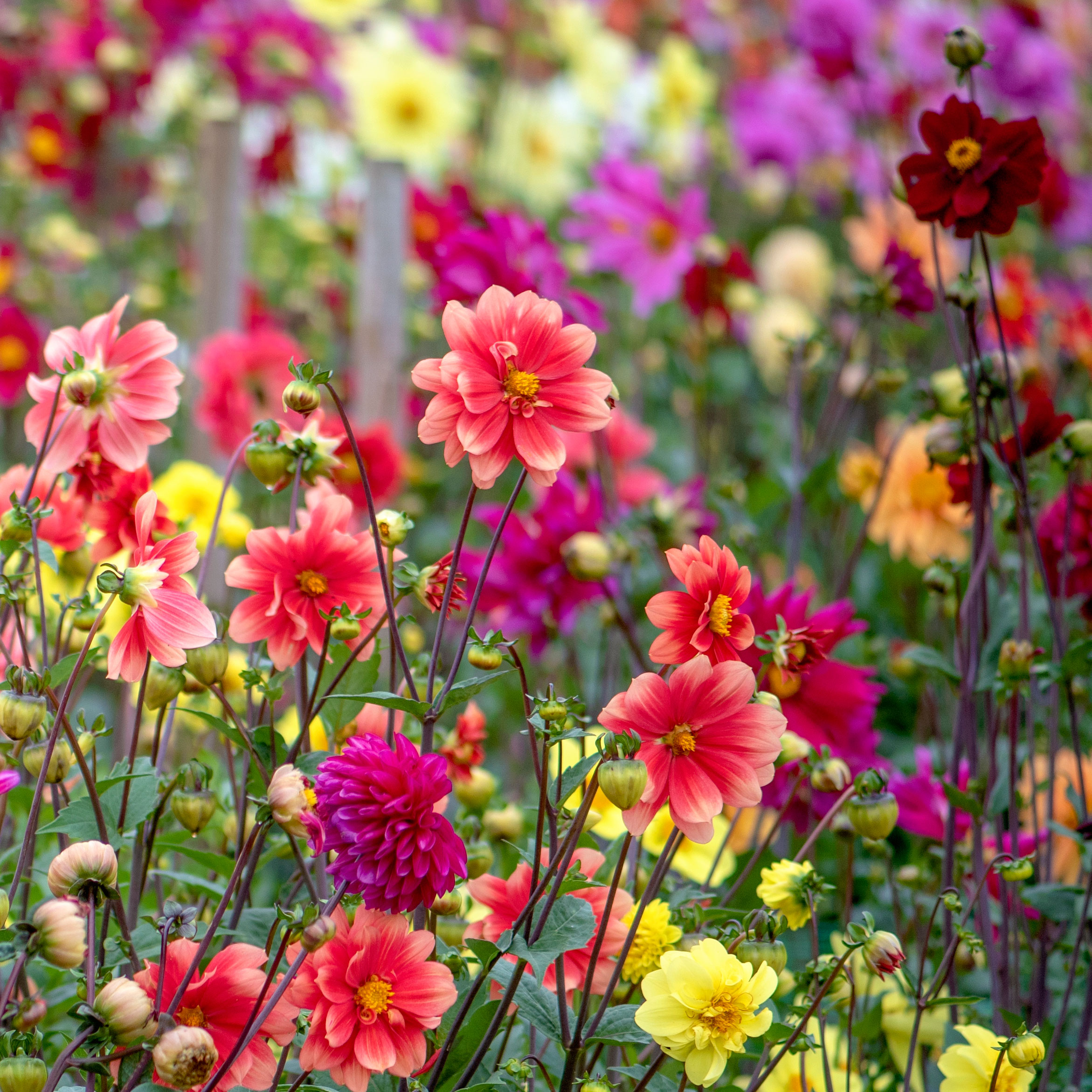 Cut Flower Garden For Beginners: 8 Easy Decorative Floral Plants For Newbies To Grow
Cut Flower Garden For Beginners: 8 Easy Decorative Floral Plants For Newbies To GrowAre you new to growing decorative florals for bouquets and ornamental displays? A cut flower garden for beginners is well within reach if you grow these flower seeds
By Tonya Barnett
-
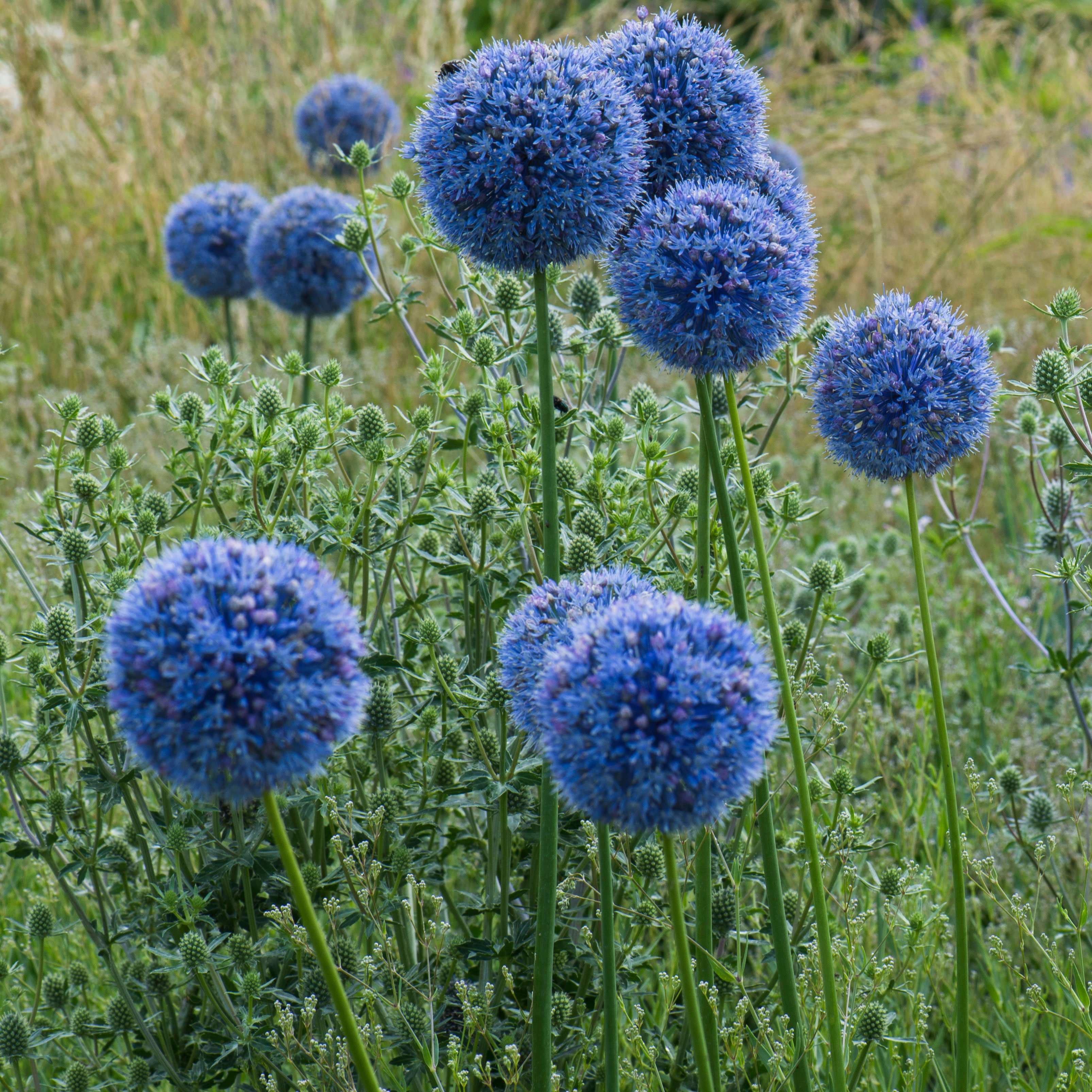 Want Blue Ornamental Onions That Look Unreal? Try These True Blue Allium Plants
Want Blue Ornamental Onions That Look Unreal? Try These True Blue Allium PlantsOrnamental alliums create majestic displays in gorgeous hues from violet to bright white – but if you fancy something otherworldly, try one of these blue allium plants
By Tonya Barnett
-
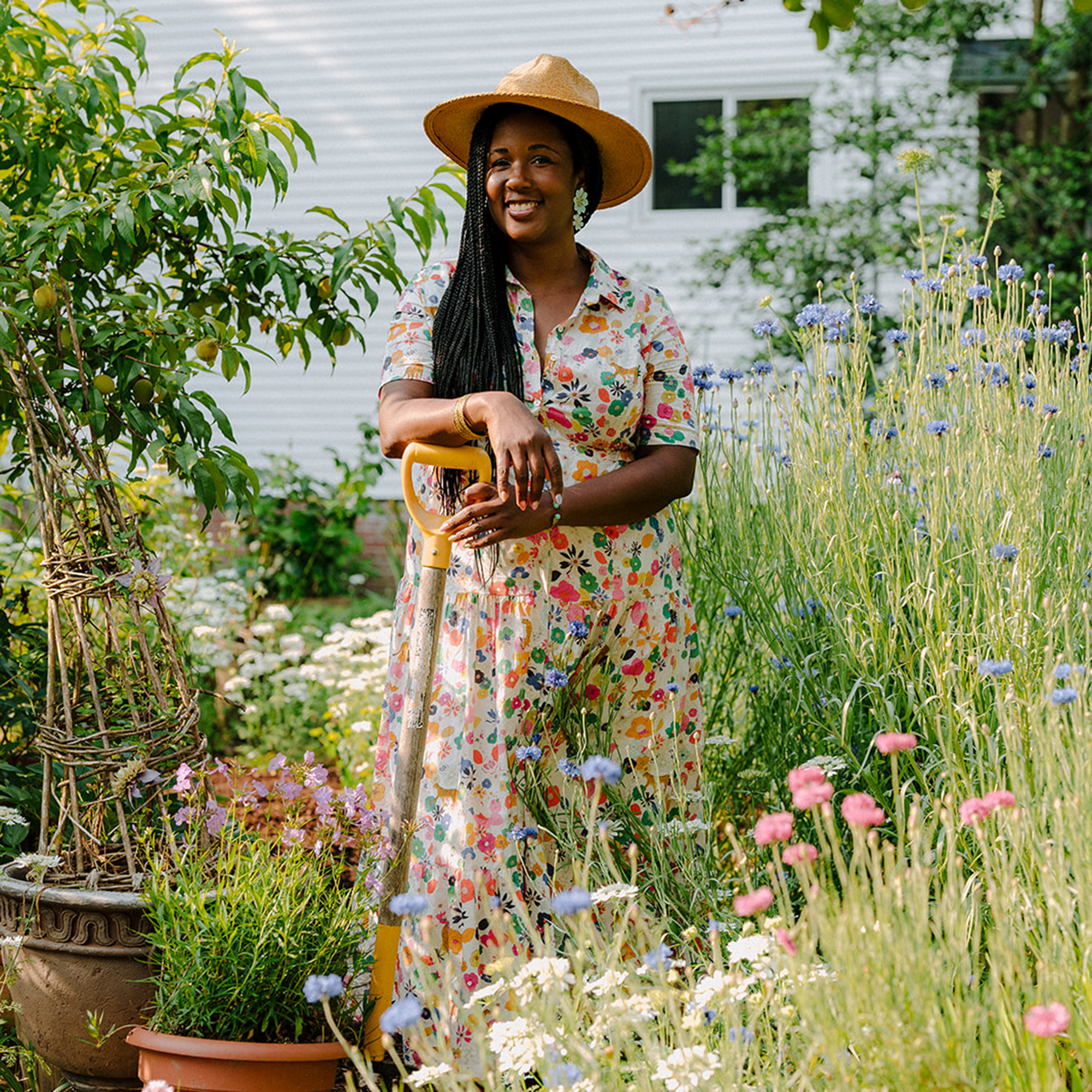 "I Turned My Floral Hobby Into A Thriving Business" – A Grower Shares Secrets For Success
"I Turned My Floral Hobby Into A Thriving Business" – A Grower Shares Secrets For SuccessMeet Dee Hall Goodwin, a professional cut flower farmer and dahlia fanatic, who turned her passion for growing and arranging flowers into a successful business. She wants everyone to share the floral joy.
By Karen Darlow
-
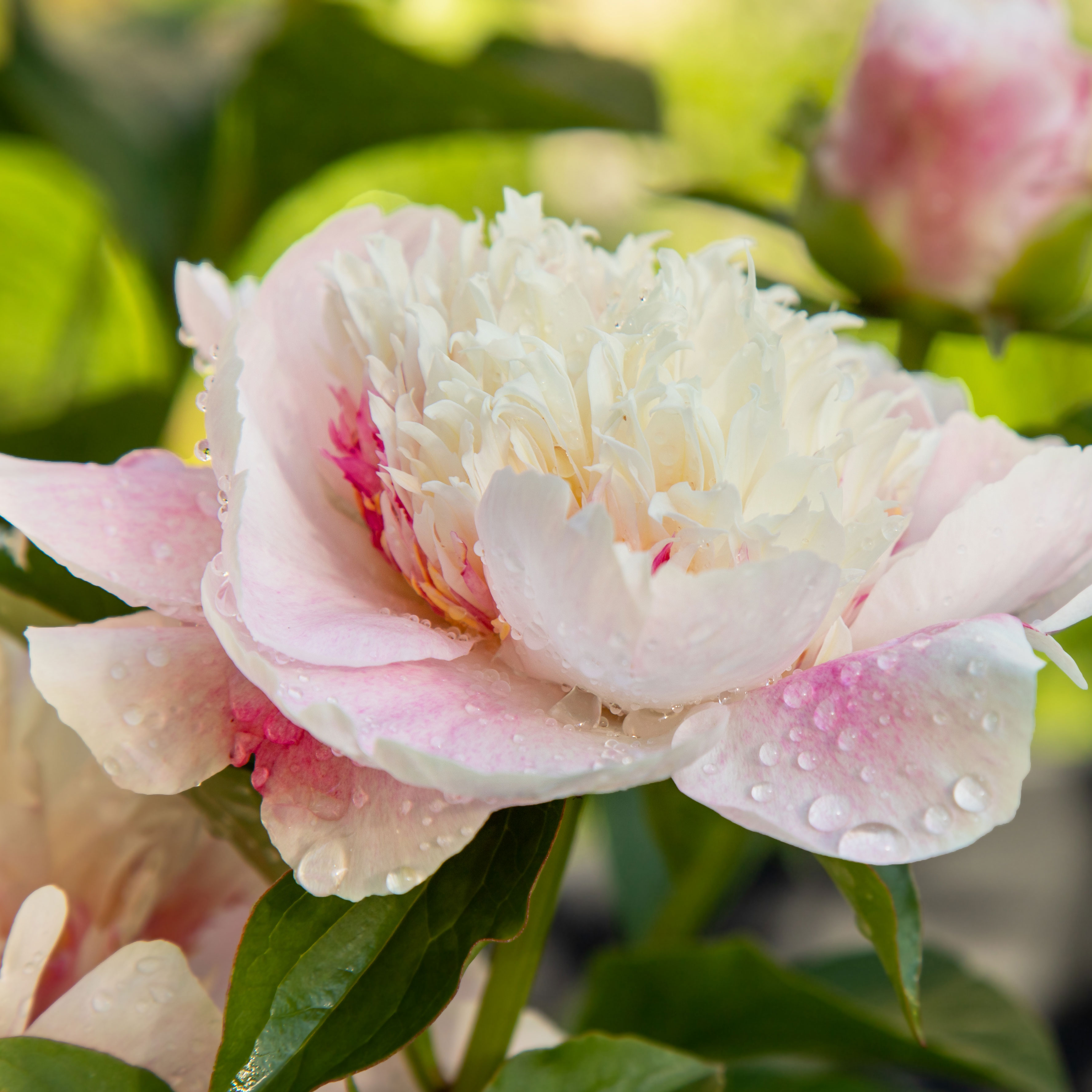 Peony Flower Meaning: Decoding The Symbolism Behind These Stunners
Peony Flower Meaning: Decoding The Symbolism Behind These StunnersThe exquisite charms of peonies have symbolized many things in history, woven into different cultures. We consider how peony flower meaning has adapted and grown
By Bonnie L. Grant
-
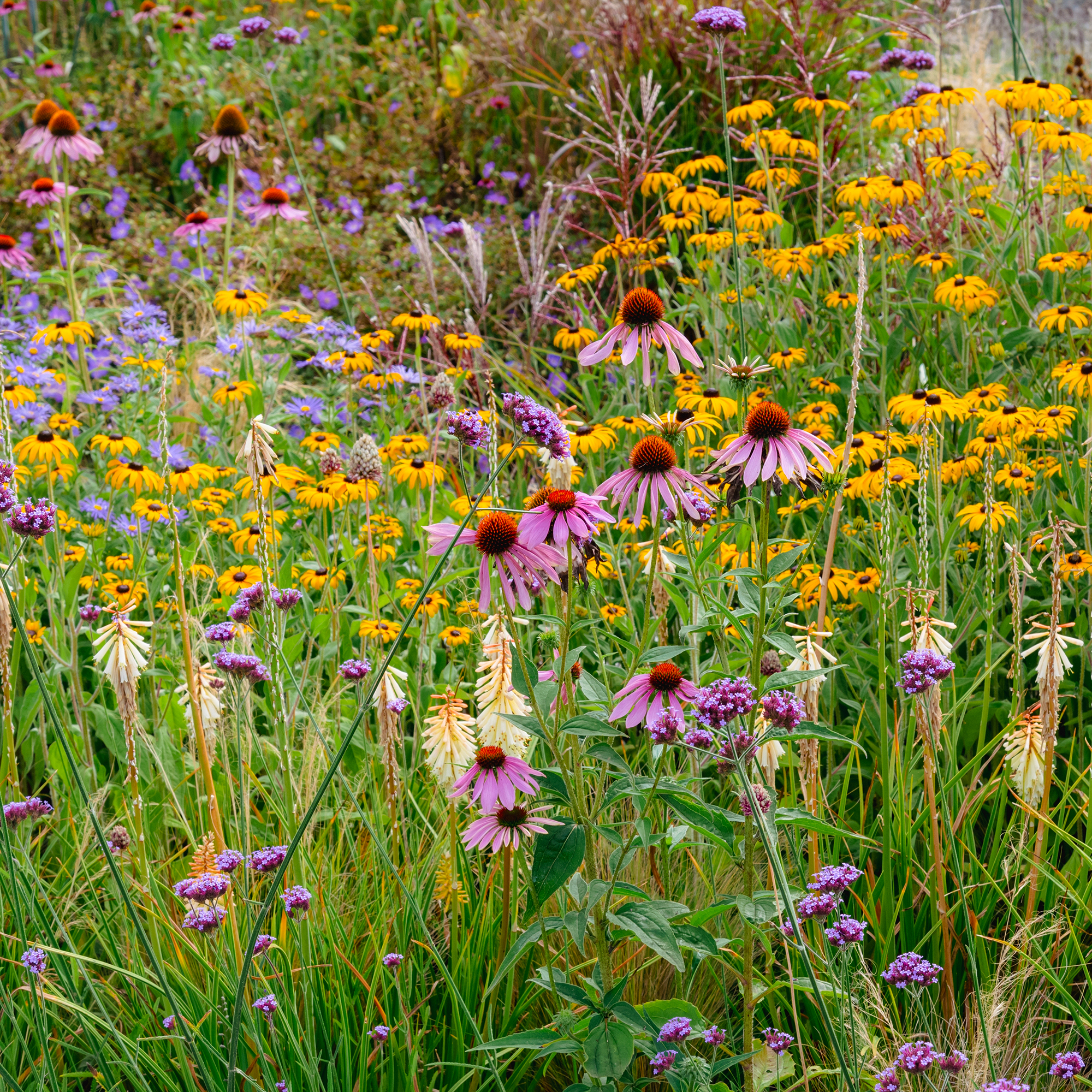 Grow Your Own Native Cut Flowers: 5 Planting Recipes for Beds & Pots
Grow Your Own Native Cut Flowers: 5 Planting Recipes for Beds & PotsEnjoy flower arrangements with blooms harvested from your own garden. These native planting combinations look beautiful and support wildlife.
By Ellen Wells
-
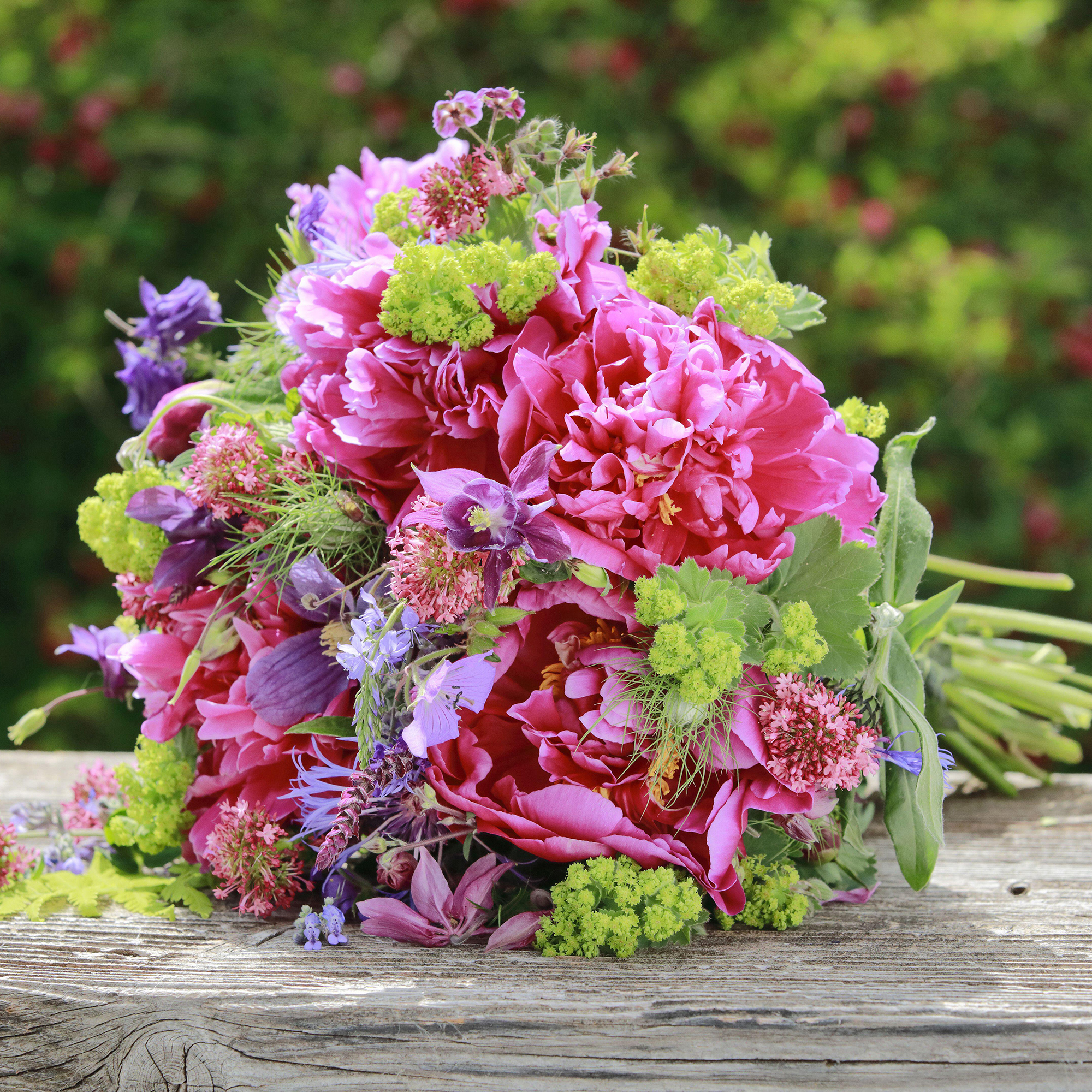 7 Cut-and-Come-Again Flowers To Grow In Your Garden
7 Cut-and-Come-Again Flowers To Grow In Your GardenGrow your own gorgeous cut flowers that you can harvest throughout the season. This pick of generous blooms will keep your vases occupied all summer long.
By Amy Grant
-
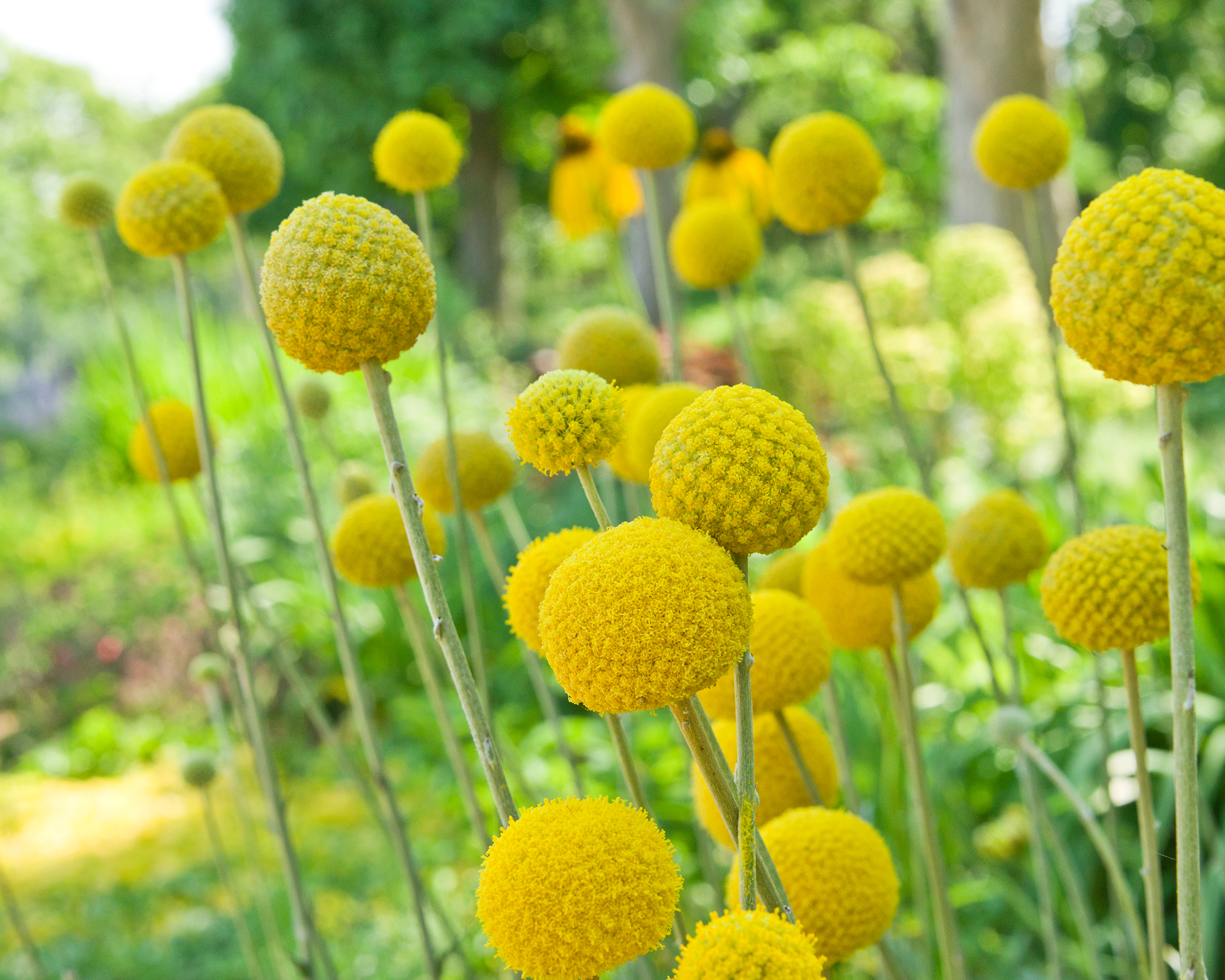 8 Unusual Flowers To Grow In Your Cutting Garden
8 Unusual Flowers To Grow In Your Cutting GardenAre you bored of traditional roses and peonies in your flower arrangements? Look beyond the obvious and plant these showstopping blooms in your cutting garden.
By Amy Grant
-
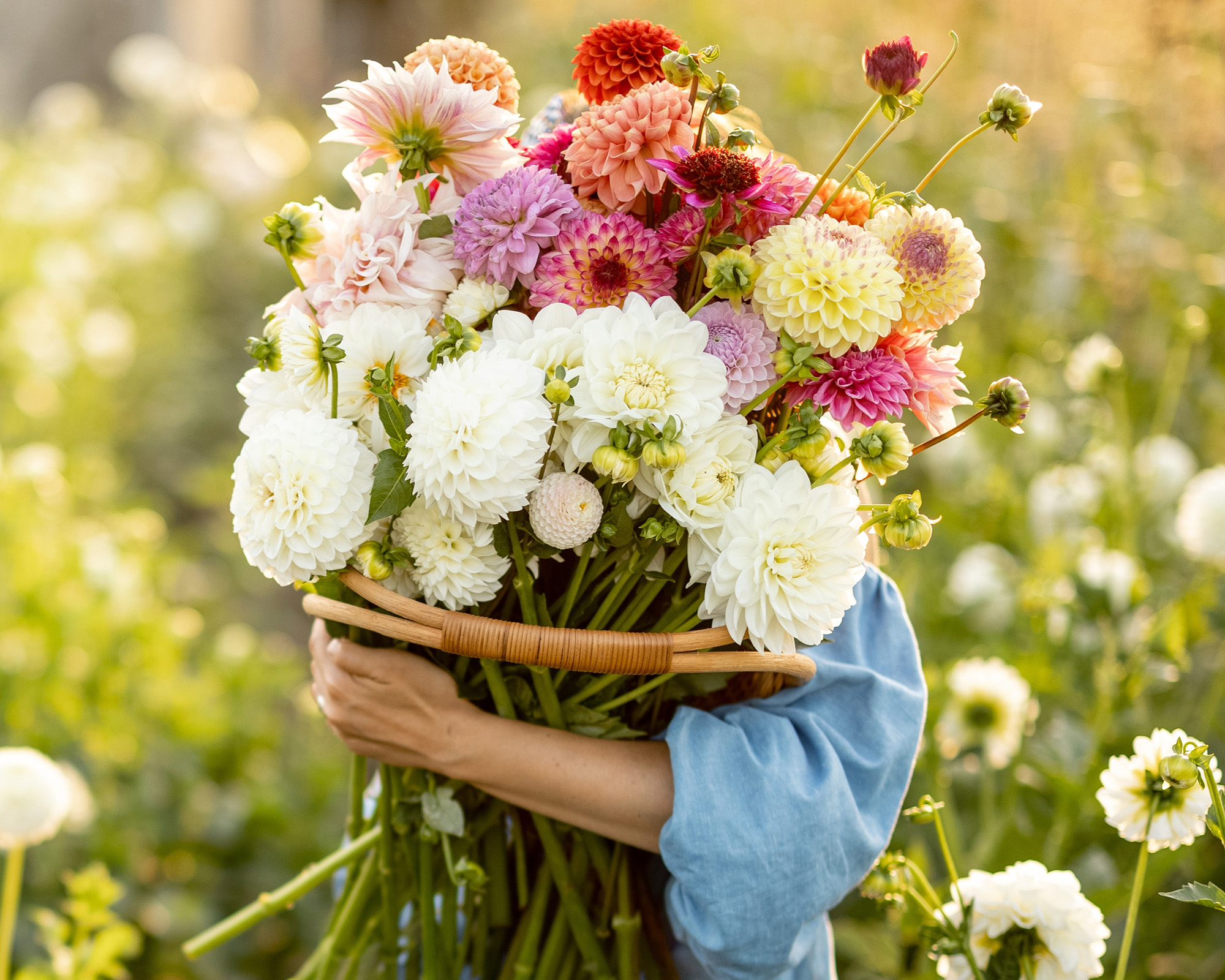 8 Long-Lasting Cut Flowers You Can Grow In The Garden
8 Long-Lasting Cut Flowers You Can Grow In The GardenWhat could be more rewarding than growing a cutting garden filled with beautiful flowers? To get maximum enjoyment from your blooms, however, it's important to choose varieties with a long vase life. We reveal the loveliest varieties that will endure in cut flower arrangements for up to two weeks.
By Amy Grant